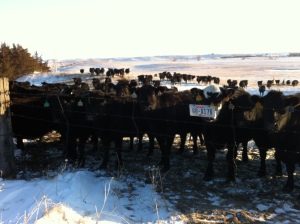
The first-calf heifers are brought up to the protected area near the barns when they are ready to calve. The shelter belt of pine trees and the care and attention from their owners help to minimize problems during calving.
Earlier this spring, I had the privilege of visiting my sister and her husband in the Sandhills of Nebraska. They have a cow-calf operation with excellent Angus cattle.
My brother-in-law (BIL) and his parents take great pride and spend lots of time developing the genetics of the herd, and in managing their land to keep it in tact and productive.
I love to hear him speak with passion about how he solves problems and constantly strives for improvement…even tho’ he’s pretty damn good already!
While we were there, a small blizzard struck.
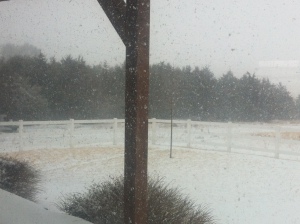
The short-lived blizzard was lots of fun for me…tucked toastily away in the warmth of my sister’s home.
Of course, that is when the heifers and cows will drop calves, so BIL doesn’t get much sleep. I was personally thrilled, though. After 10+ years living in snow-less Western Australia, I thoroughly enjoy each and every snow I’m blessed to experience here in the USA.
To top off my perfect visit, the clear-blue-sky day after the blizzard, we were treated to the birth of a calf via pulling. BIL had artificially inseminated his first-calf heifers with the semen of a low-birthweight bull, but he said a few were throw-backs to some gene in the past: about 1 in 12 calves were BIG.
His exasperation was my good fortune, though, as I was able to re-live some of my childhood. Back in 1980, when we first moved from North Dakota to the Red River Valley of southeastern Oklahoma, my family bought a string of about 700 heifers that Dad intended to breed and re-sell as bred heifers. The bull that had “accidentally gotten in with the heifers for a day or two” must have been very good at his business. It turned out that 75% of the heifers were bred. And we had to pull about 75% of the calves! It made for a very interesting and exciting summer for a 9-year-old girl. It was a stinking hot summer and we all got skinny from working so hard in that heat and humidity. Oh yeah, and Dad got himself run over by a tractor and disc that summer, too. But that’s another story for another blog post.
Anyway, I was in hog heaven watching my BIL gently handle that beautiful heifer and help her with what turned out to be a 94-pound calf.
Temple Grandin said in an Australian tour a couple of years ago, “If you can go to your nearest large city, grab 10 random people off the streets and show them everything you do on your property and they never cringe, then you know you’re doing everything right.”
Well, I reckon most that do not grow up with a simple thing like pulling calves would cringe the first time they see it. It’s awesome, but it ain’t necessarily pretty.
♠♠♠♠
I love ag. Even the dirty or ugly parts. Without pain, we do not recognize the value of being pain-free. Without dirt, we cannot appreciate clean. Without ugly, we do not understand beauty. To quote from a great song, “If we’re ever gonna see the rainbow, we gotta stand a little rain.”
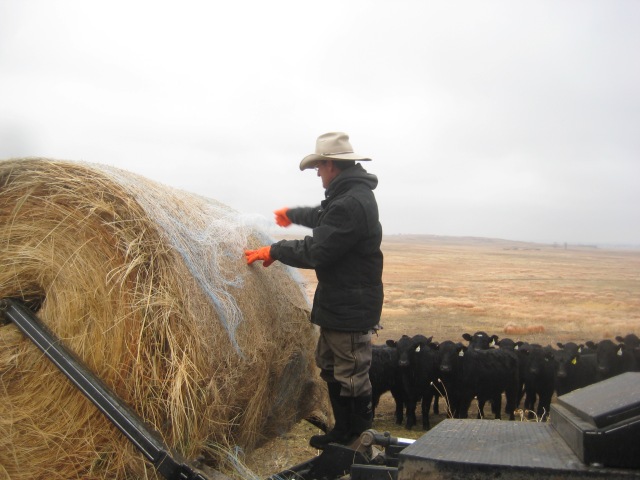
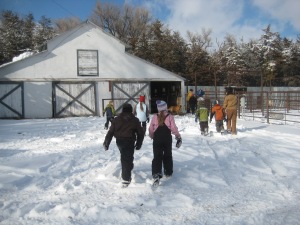
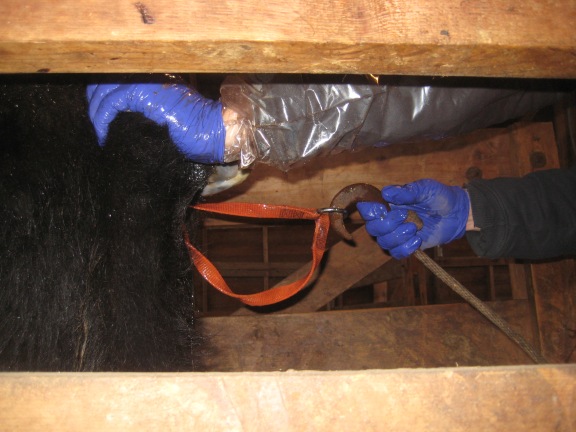
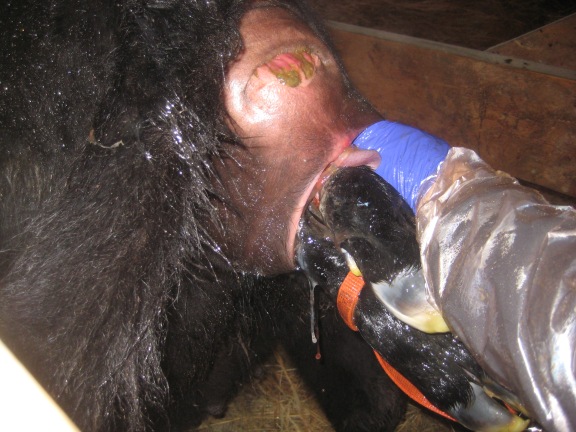
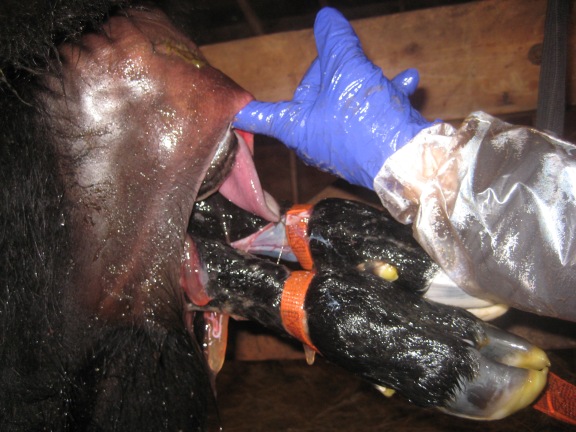
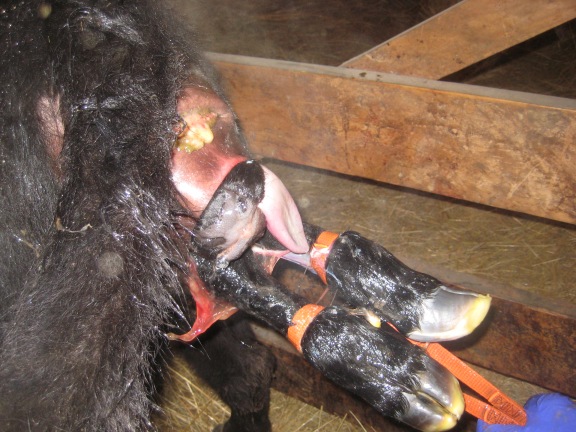
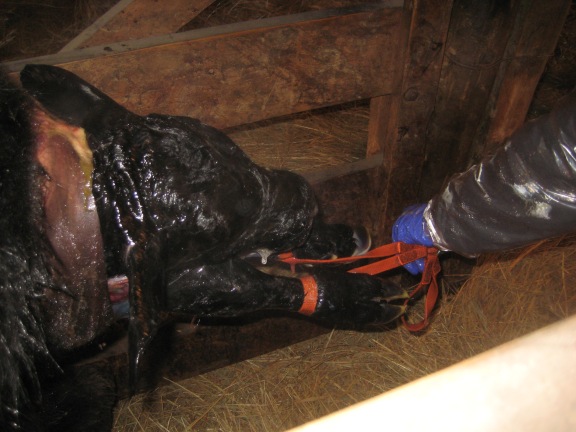
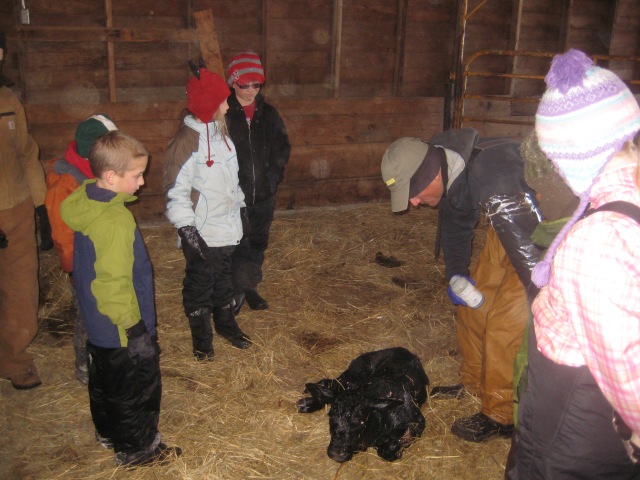
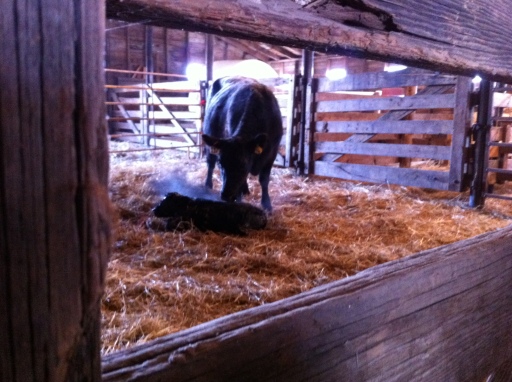
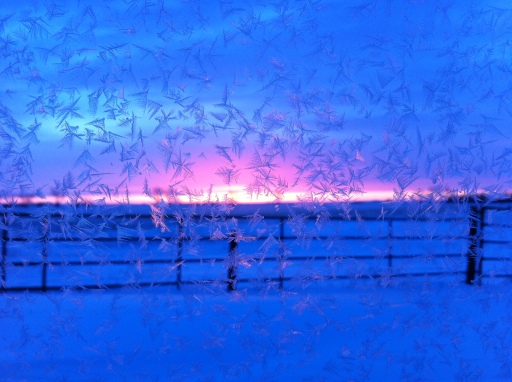
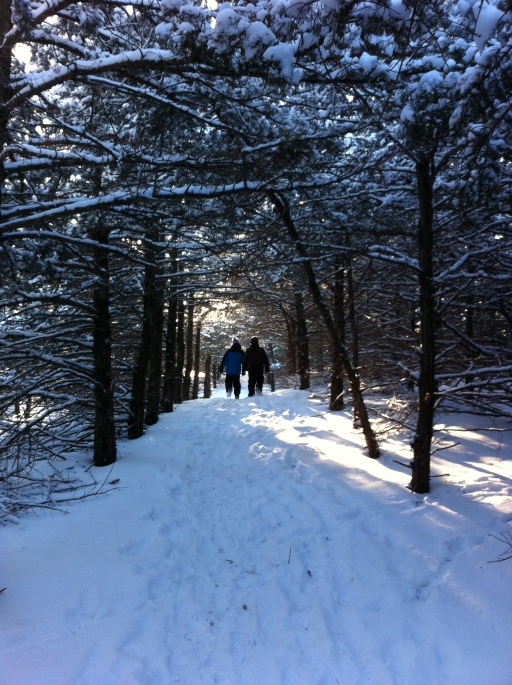
I uploaded a video of the calf being born. http://youtu.be/hq9SqTU7LSk
And this is a video of the calf standing for the first time! http://youtu.be/MUOsZuJxu3k
I had so much fun! Must get a high-quality digital camera…
when you have got over your soppy sentimentality, about what appears to be a
spectator sport. could you let me know what the main ground cover on the sand hills of Nebraska is ? I Would also like to know what the rainfall is, including snow and if possible what the evaporation rate is.
Best regards .
Graeme Campbell.
Graeme, I will never apologise for my soppy sentimentality, which seems to manifest when I witness real, on-the-ground production. Exciting stuff!
But you will be pleased to know that I can still answer good questions logically even when bit by the soppy sentimentality bug.
According to my sister, the cool season grasses are Needle & Thread Grass, Porcupine Grass, and Prairie June Grass. The warm season grasses are Little Bluestem, Big Bluestem, Prairie Sand Reed, Blue Grama and Switch Grass.
The average precipitation is about 18” per year. (Normal range is 17 to 22.) Evaporation rate is as yet unreported, although she has a call in to those who should be able to tell us.
Thanks for your interest.
Dear Iloveag.
I am pleased that you can still function even when stricken with SS syndrome. Just remember that snow flakes are not miracles, they are merely a matter of physics. Any way most girls prefer carbon crystals. many thanks for the plant information, I am wondering if having winter and summer grasses causes a hiatus in available food during the seasonal change. Do they grow their own hay
Regards .
GC